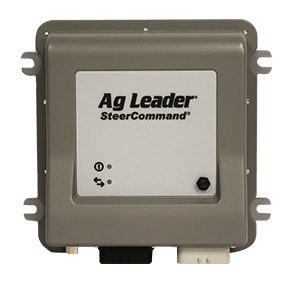Soil testing methods
A widely debated topic in the precision agriculture industry is its role in how to help you manage your farmland. When it comes to soil sampling, I am not advocating any particular practice, or method, as your local area may have a method that works better as compared to other methods, but I will advocate using soil sampling as a tool to assist in managing the fertility in your fields. The tools used for soil sampling have evolved over the years, and most precision ag software on the market today can handle each environment to your specific situation. Two of the most popular methods of soil sampling are grid and zone based soil testing. The idea behind grid sampling is that the sites are created on a uniform spacing between each other. In many cases, the sites are then used in the future to re-sample. This would provide a measurement for the amount of nutrients added/removed, and provide a basis for fertilization in the future.
Zone sampling, by contrast, is based more on the history of the fields. I have seen zone soil testing be based on several items from a field… cation exchange capacity (CEC), electroconductivity (EC), yield, topography, crop rotation, soil type / soil productivity, etc. I have also talked to customers that pull samples just by looking when they get to the field. The logic behind the zone method is that the nutrient values have something in common with the data the zones were generated on, and so the sample that was taken from the zone represents that entire area. This process is usually best to consult with professionals in your area that can provide more guidance for your growing conditions.
In college, I remember a story our professor told us regarding a colleague of his from another university who was teaching a masters level class, where each student was given a plant and told to diagnose the problem. All 10 students mis-diagnosed the issue. They had all been given a plant that had roots cut off and the top part of the plant put back in the soil. None of the students had pulled the plants out to inspect potential root-issues. I never really knew if his intent was to show that the university I was attending was superior, or if it was more to emphasize knowing all the details before making an assessment.
Soil testing is just that, giving us more details and trying to utilize the data to know more about the environment in which our plants are growing in.. If there are soil properties that correlate to crop production challenges, and they can be addressed, we should use this as a way to improve and be more productive with our farmland. Here is a link that provides some comparisons of the two methods, and gives some items to consider when deciding which method to use for your fields. CropWatch: Precision Agriculture – Soil Sampling


















